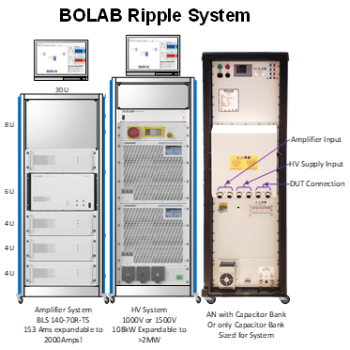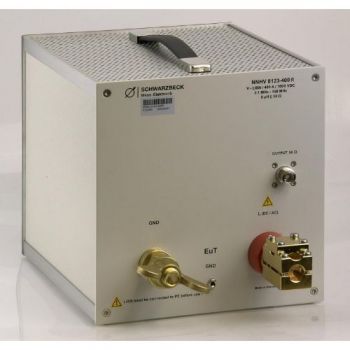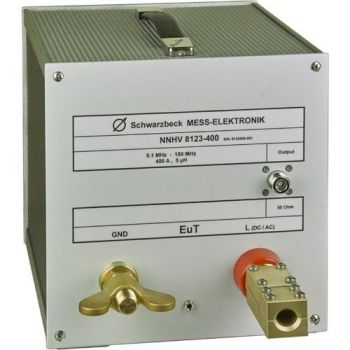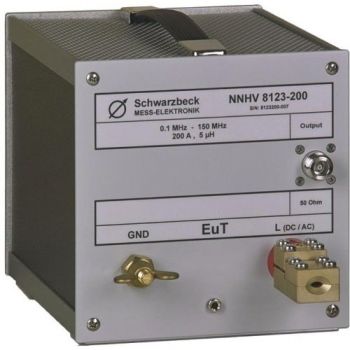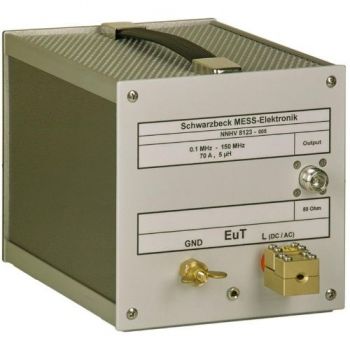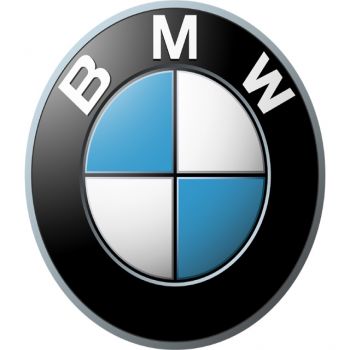
BMW GS 95002-3
OTHER PRODUCTS IN THE SAME STANDARD:
- Advanced Ripple Testing: Meets ISO 21498, LV123, VW 80300, Nissan MES PW 67602, Mazda, and emerging standards.
- Series Amplifier Integration: High accuracy ripple injection, minimal distortion, and enhanced safety.
- Waveform Versatility: Sine, square, trapezoidal, pulses, and triangle waveform generation.
- WaveMaster Software: Fast DUT impedance measurement, automated test sequences, and dynamic voltage/current control.
- High Power Capability: Ripple Voltage up to 100 Vpp, currents from 100A to 2000A+, and frequency range 10 Hz–300+ kHz.
- Future-Proof Design: Modular architecture for easy upgrades and adaptation to new standards.
- Acc. to CISPR 25 Ed. 4 or BMW GS 95025-1
- impedance (5µH) || 50 Ohm
- 800 A, 1000 V (DC)
- Backside with built-in 0.1 microfarad capacitor to ground
- N-jack
- Acc. to CISPR 16-1-2, CISPR 25 Ed. 4 or BMW GS 95025-1
- impedance (5µH) +1 Ohm || 50 Ohm
- 400 A, 1000 V (DC)
- Backside with built-in 0.1 microfarad capacitor to ground
- Switchable 1 microfarad on the backside Acc: ECE R10.06, CISPR 12 and PSA
- N-jack
- Acc. to CISPR 25 Ed. 4 or BMW GS 95025-1
- impedance (5µH) || 50 Ohm
- 400 A, 1000 V (DC)
- Backside with built-in 0.1 microfarad capacitor to ground
- N-jack
- Acc. to CISPR 25 Ed. 4 or BMW GS 95025-1
- impedance (5µH) || 50 Ohm
- 200 A, 1000 V (DC)
- Backside with built-in 0.1 microfarad capacitor to ground
- N-jack
- Acc. to CISPR 25 Ed. 4 or BMW GS 95025-1
- impedance (5µH) || 50 Ohm
- 70 A, 1000 V (DC)
- Backside with built-in 0.1 microfarad capacitor to ground
- N-jack

